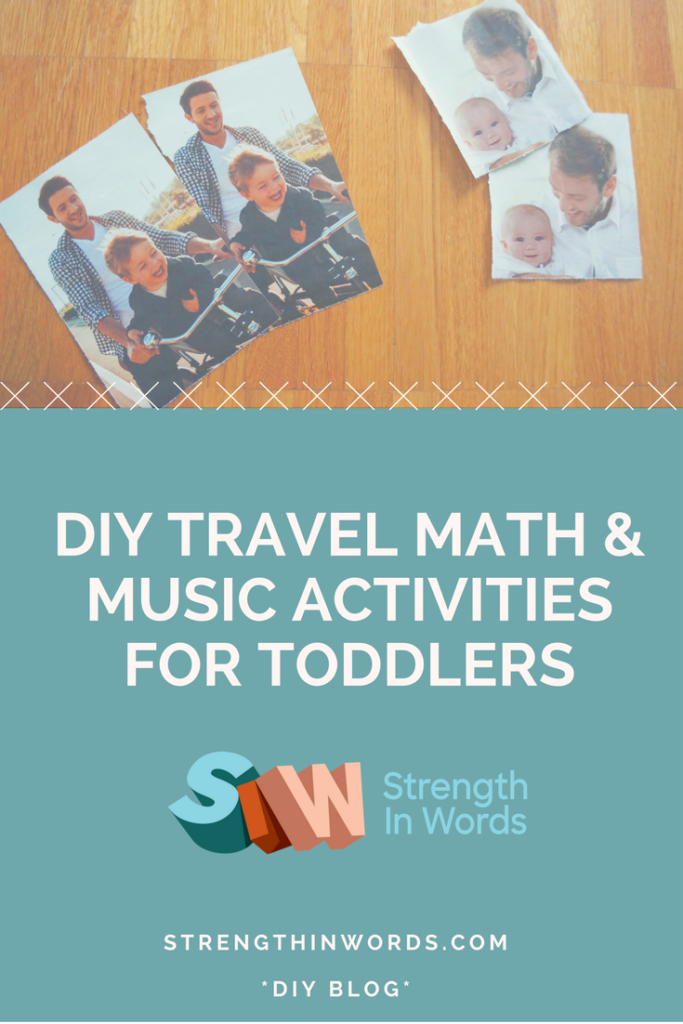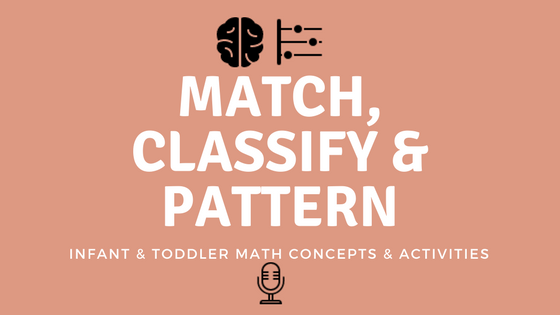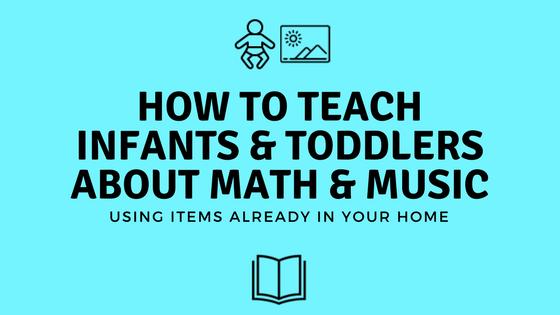Making connections in the brain and in the world…

What do the skills of matching, classifying and patterning have in common? What do these things involve and require when it comes to brain-building? How can we best support these developing skills in our infants and toddlers?
These are the topics we explore on this episode of Learn With Less!
Below is the transcript of this week’s “Developmental Thought,” an excerpt from the full episode.
For additional information, music, play ideas and the complete interactive family experience, please listen to the entire episode.
Let’s get back to our original discussion topic, that of a few early cognitive and math skills – specifically, matching, classifying, and pattern-recognizing.
>>Don’t Miss Our Corresponding Blog Post!<<
The Skills of Matching & Classification
Matching involves an ability to perceive and take in aspects of objects in the environment, and the ability to start to match like items also indicates that the young child is starting to discern and understand the world by classifying “like” items in certain ways.
Matching and classifying are both related to the activity of sorting, in that young children are constantly organizing life experiences, new words, objects, and people, and determining how all these things relate to each other, to themselves, and to the child. And classification is essentially the grouping and sorting of various characteristics…
When infants and toddlers start to explore, they begin to make classifications about their world, and determine how certain things are alike and how they are different – through tactile experiences, visual experiences, auditory experiences, movement experiences, oral experiences. This is why it is so important to follow your baby’s lead, and to provide your baby or young child with lots of different types of experiences.
This doesn’t have to equate to spending lots of money, buying lots of fancy toys, or traveling to exotic places. I’m talking about ensuring your baby gets time both inside and outside, in dirt and sand as well as on carpet and wood. With soft objects and hard ones, wet ones and dry ones, with lots of different colors and textures, sounds and people!
Interaction: The Best Teacher
This is also why over-reliance on the television or any other screen is not conducive to learning. The only input the child receives is a two-dimensional image from a screen. We know that children do not learn or carry-over vocabulary from a screen, but instead, through interaction with a real-life person – like you!
Talking, asking questions, singing or humming a tune, playing, modeling, and sometimes (more often than many of us might feel comfortable!) simply sitting back quietly, being present, and allowing our young children to problem-solve, listen to and recognize patterns in the environment, make connections, and imitate in their own time… these are the skills we as caregivers must build to give our young children a great start.

